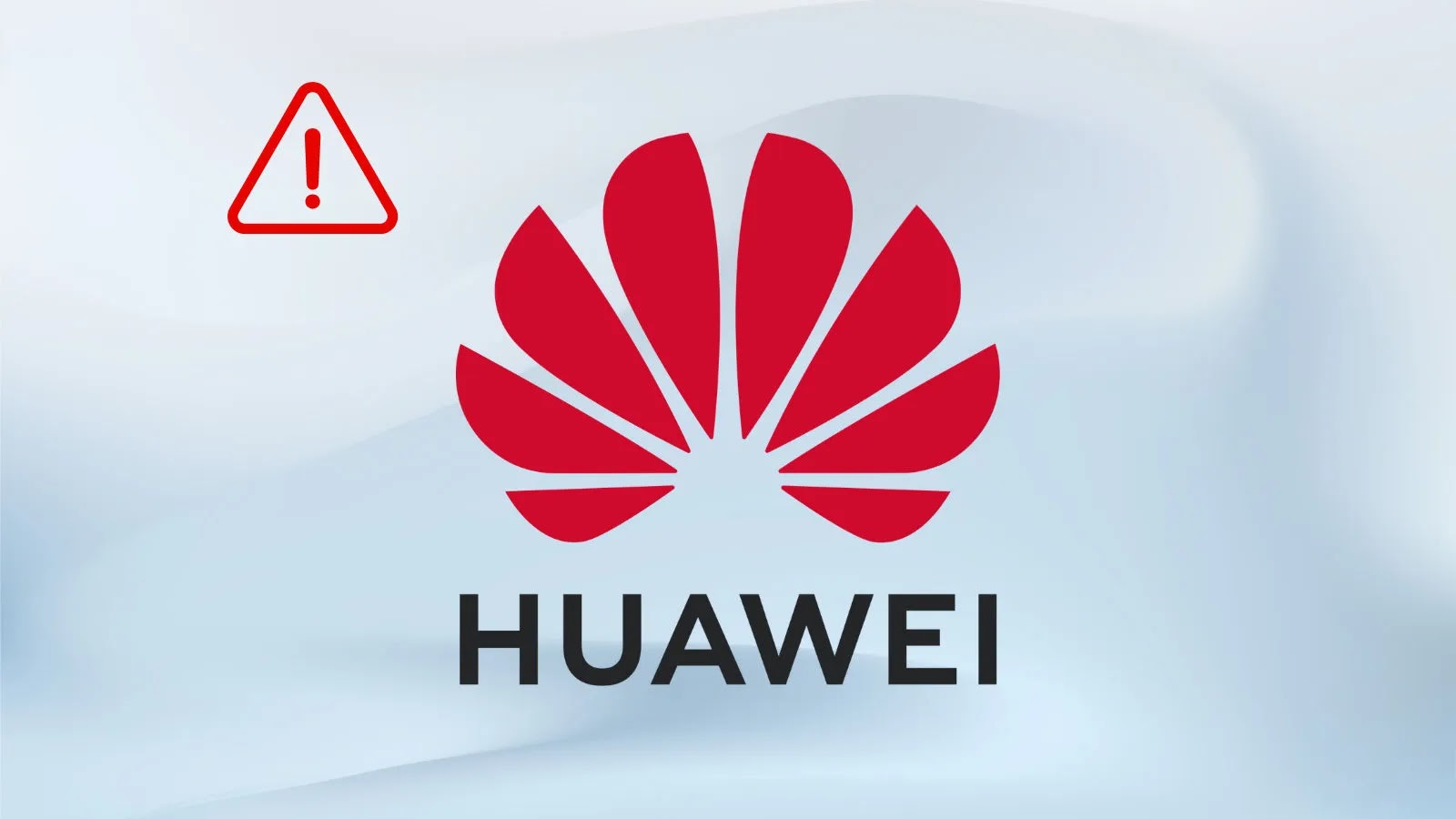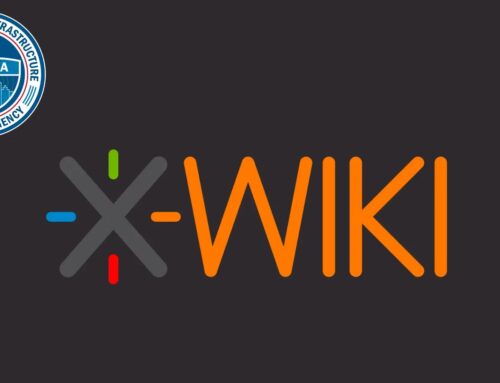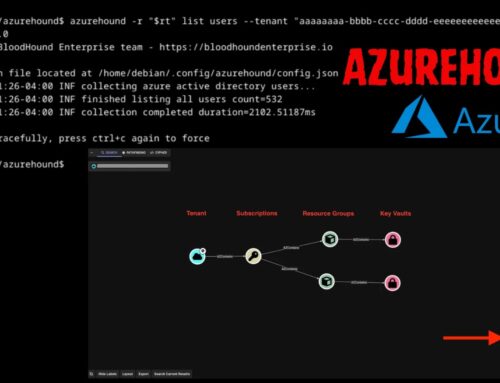
Threat Actors Claim Breach Of Huawei Technologies Source Code and Internal Tools
Threat Actors Claim Breach of Huawei Technologies: Source Code and Internal Tools at Risk
A disturbing report has emerged from the cybersecurity landscape, indicating a potential breach of significant proportions at Huawei Technologies, the globally recognized multinational technology corporation. A threat actor has publicly claimed responsibility for this alleged incident, stating their intent to sell what they assert to be Huawei’s internal source code and development tools on a dark web forum. This claim, which surfaced in early October 2025, has sent ripples through the industry, raising critical questions about data security and intellectual property protection within major tech entities.
The implications of such a breach extend far beyond a mere data leak. The compromise of source code and internal development tools could empower malicious actors with an unprecedented level of insight into Huawei’s proprietary technologies, potentially leading to the discovery of new vulnerabilities, the creation of sophisticated exploits, or even direct competitive advantages for rival entities. As cybersecurity professionals, understanding the nature and potential impact of such claims is paramount.
The Alleged Breach: What Threat Actors Claim
According to information reported by Cybersecurity News, the threat actor, whose identity remains undisclosed, posted their claim on a dark web forum. This forum post asserts control over a trove of sensitive data, specifically identifying it as Huawei Technologies’ source code and various internal development tools. The motivation appears to be financial, as the actor is actively attempting to sell this alleged stolen data.
While the veracity of these claims is currently under investigation and unconfirmed by Huawei, the very existence of such a claim necessitates immediate attention and scrutiny. Historically, threat actors often release samples or provide proof of compromise to legitimize their claims and attract buyers. Cybersecurity researchers and incident response teams will undoubtedly be monitoring for any such evidence to corroborate the extent and authenticity of this alleged breach.
Understanding the Impact of Source Code Compromise
The theft of source code represents a catastrophic blow to any technology company. For a giant like Huawei, the repercussions could be multifaceted and severe:
- Intellectual Property Theft: Source code is the crown jewel of any software or hardware product. Its theft directly translates to the loss of proprietary information, giving competitors or adversaries a direct look into design, functionality, and patented algorithms.
- Vulnerability Discovery: With access to the complete source code, threat actors can meticulously analyze it for hidden vulnerabilities, backdoors, or weaknesses that might not be discoverable through black-box testing. This could lead to a surge in targeted attacks against Huawei products and users.
- Supply Chain Attacks: If internal development tools are compromised, it could open avenues for sophisticated supply chain attacks. Malicious code could be injected into legitimate software updates or products before they reach end-users, affecting millions.
- Reputational Damage: A significant breach, especially involving core intellectual property, erodes customer trust and can cause irreparable damage to a company’s reputation and market standing.
- National Security Concerns: Given Huawei’s role in critical infrastructure globally, including 5G networks, a source code breach could have far-reaching national security implications for countries deploying their technology.
Remediation Actions and Cybersecurity Best Practices
While investigations into the alleged Huawei breach are ongoing, organizations can learn from such incidents and proactively strengthen their defenses. For companies of all sizes, the following remediation actions and best practices are crucial:
- Prompt Incident Response: Implement a robust incident response plan (consider CVE-2023-1457 for effective planning and coordination) to detect, contain, and eradicate threats swiftly. Regular drills and updates are essential.
- Strict Access Control (Least Privilege): Enforce the principle of least privilege for source code repositories and development environments. Access should be granted only to those who absolutely need it, with multi-factor authentication (MFA) universally enforced.
- Code Review and Static/Dynamic Analysis: Implement automated static application security testing (SAST) and dynamic application security testing (DAST) tools into the CI/CD pipeline to identify weaknesses before deployment. Regular manual code reviews by independent teams are also vital.
- Supply Chain Security Audits: Conduct thorough security audits of all third-party components, libraries, and tools used in development. Ensure vendors adhere to stringent security standards (refer to CVE-2022-22965 for supply chain vulnerabilities).
- Data Loss Prevention (DLP): Deploy DLP solutions to monitor and prevent unauthorized exfiltration of sensitive data, including source code, from internal networks.
- Employee Training and Awareness: Continuously educate employees, especially developers, on social engineering tactics, secure coding practices, and the importance of reporting suspicious activities.
- Network Segmentation: Isolate critical development environments and source code repositories from less secure parts of the network to limit the blast radius in case of a breach.
- Regular Security Audits and Penetration Testing: Conduct frequent external and internal penetration tests to identify exploitable vulnerabilities in systems and applications.
Tools for Detection and Mitigation
Organizations can leverage a variety of security tools to enhance their posture against source code compromise and intellectual property theft:
| Tool Name | Purpose | Link |
|---|---|---|
| GitGuardian | Detects secrets (API keys, credentials) in source code repositories. | https://www.gitguardian.com/ |
| SonarQube | Static Application Security Testing (SAST) for continuous code quality and security analysis. | https://www.sonarqube.org/ |
| Veracode | Comprehensive application security platform including SAST, DAST, SCA, and manual penetration testing. | https://www.veracode.com/ |
| TruffleHog | Finds secrets and sensitive data in Git repositories. | https://trufflesecurity.com/ |
| OWASP ZAP | Dynamic Application Security Testing (DAST) tool for finding vulnerabilities in web applications. | https://www.zaproxy.org/ |
Conclusion: Heightened Vigilance Required
The claim of a breach involving Huawei Technologies’ source code and internal tools serves as a stark reminder of the persistent and evolving threats in the cybersecurity landscape. While the full extent and authenticity of the reported breach remain to be confirmed, the potential ramifications underscore the critical importance of robust cybersecurity defenses for all organizations, particularly those holding valuable intellectual property.
Maintaining a proactive security posture, embracing a culture of security awareness, and continuously adapting to new threats are not just best practices—they are necessities for survival in an increasingly interconnected and vulnerable digital world. This incident emphasizes that even industry giants are not immune to the sophisticated tactics of determined threat actors, compelling all organizations to heighten their vigilance and reinforce their cybersecurity frameworks.





